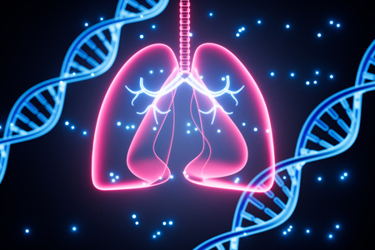AI-Powered Digital Pathology For Pulmonary Fibrosis Biomarker Quantification

Artificial intelligence (AI) is transforming digital pathology by improving disease diagnosis and monitoring, particularly for conditions like pulmonary fibrosis. Traditional pathology involves labor-intensive, subjective manual examination of tissue samples, which can lead to inconsistent results. The integration of AI-powered machine learning (ML) models simplifies this process, enabling more accurate and reproducible detection and quantification of biomarkers.
Recent breakthroughs in deep learning, especially convolutional neural networks (CNNs), have greatly advanced medical imaging analysis. These AI systems can analyze large volumes of complex tissue data, identifying subtle patterns that may be overlooked by human pathologists. In digital pathology, AI not only speeds up analysis but also reduces variability and boosts diagnostic accuracy. By training on extensive datasets of labeled images, AI algorithms can recognize disease-associated patterns with remarkable precision, including those related to pulmonary fibrosis.
This article examines how AI-driven digital pathology is revolutionizing the detection and quantification of pulmonary fibrosis markers in whole lung sections, offering exciting new opportunities for clinical research and improving patient care.
Get unlimited access to:
Enter your credentials below to log in. Not yet a member of Outsourced Pharma? Subscribe today.
